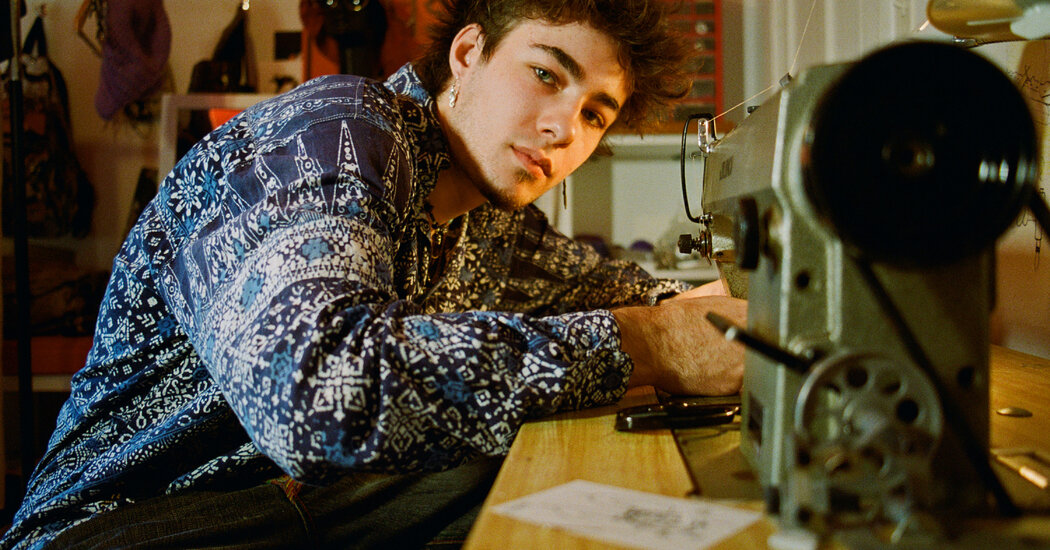
Avoiding waste by repurposing remnants is not new. But it is timely.
Some luxury houses, including Balenciaga, Alexander McQueen, Gucci, Marni and Coach have embraced this trend, though later than many environmental advocates would have liked. And labels including the upscale Stella McCartney and Marine Serre, as well as Re/Done, Zero Waste Daniel and the Canadian company Preloved, have been built partly or entirely around upcycling.
The tag #Upcycled clothing has more than 363,000 posts on Instagram. On TikTok, #upcyclingfashion has over 52 million views.
According to a 2021 study from First Insight and the Baker Retailing Center at the Wharton School of the University of Pennsylvania, the notion of breathing new life into old clothes chimes with a new generation. These are people who have never set foot in a luxury store, some three-quarters of whom value sustainability over brand logos when shopping.
Contestants on the show range in age, background and experience. There is 18-year-old Jonas King, entering his first year at the Fashion Institute of Technology in New York City; and Andrew Burgess, 21, whose quilt hoodie drew a large following on TikTok and Instagram, and who, through his upcycled streetwear label, Wandy the Maker, has collaborated with brands including Panasonic and Guess. Georgia Culp, 49, a single mother experiments with punk horror and rockabilly themes in “Scrap the Runway,” her design company.
Contestants share a commitment to sustainability. In Mr. King’s upcycling practice, fashion and social responsibility converge. He aims, he said, “to find ways of keeping things in the world instead of dumping them in the desert in Chile.” (The Atacama Desert in Chile is a notorious graveyard for scrapped clothing.)






